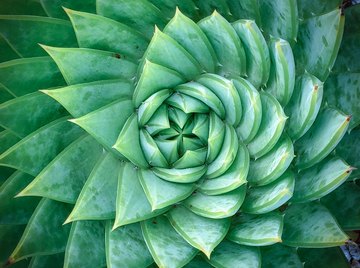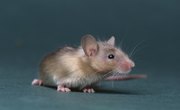
Plants receive the sun’s energy and use it to convert inorganic compounds into rich organic compounds. Specifically, they turn sunlight and carbon dioxide into glucose and oxygen. Therefore, biological activities in an ecosystem require energy from the sun.
The received solar energy undergoes an energy transformation in ecosystems into chemical energy, which is bound in glucose form as potential energy during the process of photosynthesis. This energy then flows throughout the ecosystem through the food chain and a process called energy flow.
Energy Transformation in Ecosystems Starts with Photosynthesis
Photosynthesis marks the beginning of a chain of energy conversions in an ecosystem, which can be seen in many food chain examples. A number of animals feed on the photosynthesis products, such as when goats eat shrubs, worms eat grass and rats eat grains. When animals feed on these plant products, food energy and organic compounds are transferred from the plants to the animals.
Most food chain examples in ecosystems will also show that those animals that eat producers are in turn eaten by other animals, further transferring energy and organic compounds from one animal to another. Some ecosystem examples of this are when humans eat sheep, when birds feed on worms and when lions eat zebras. This chain of energy transformation from one species to another can continue for several cycles, but it eventually ends when the dead animals decompose, becoming nutrition for fungi, bacteria and other decomposers.
Decomposers
Fungi and bacteria are examples of decomposers in energy transformation in ecosystems. They are responsible for breaking down the complex organic compounds into simple nutrients. Decomposers are important in the ecosystem because they break down dead materials that still contain sources of energy. There are different types of decomposer organisms, which are responsible for returning simpler nutrients to the soil to be used by plants -- and so the energy transformation cycle continues.
Flow of Energy in Ecosystem Examples
Energy accumulated by the primary producers is transferred via the food chain through different trophic levels in a phenomenon called energy flow. The pathway of energy flow moves from primary producers to primary consumers to secondary consumers and finally to decomposers. Only approximately 10 percent of the available energy moves from one trophic level to the next.
Ecosystem examples and food chain examples within ecosystems show this concept a bit easier.
For example, in a forest ecosystem, trees and grasses transform solar energy into chemical energy. That energy flows to the primary consumers of the ecosystem like insects and herbivores like deer. Secondary consumers like foxes, wolves and birds eat and get energy from those organisms. When any of those organisms die, fungi, worms and other decomposers break them down to receive energy and nutrients.
Principles of Energy Flow
Energy flow through a food chain occurs as a result of two laws of thermodynamics, which are applied to the ecosystem.
The first law of thermodynamics states that processes involving energy transformation will not occur spontaneously unless there is degradation of energy from a non-random form to a random form. This law requires that in an ecosystem each energy transfer should be accompanied by dispersion of energy into respiration or unavailable heat. Simply put: energy transfer between trophic levels also results in loss of energy through heat.
The second law of thermodynamics is the law of conservation of energy, which states that energy may be transformed from one source to another but is neither created nor destroyed. If an increase or decrease occurs in the internal energy (E) of an ecosystem, work (W) is done, and heat (Q) changes.
References
About the Author
David Shoo has professionally been writing since 2005. His articles have been featured in the UNICEF (Sierra Leone) and BBC online publications. David holds a Master of Arts in international journalism from the University of Westminster, UK.
